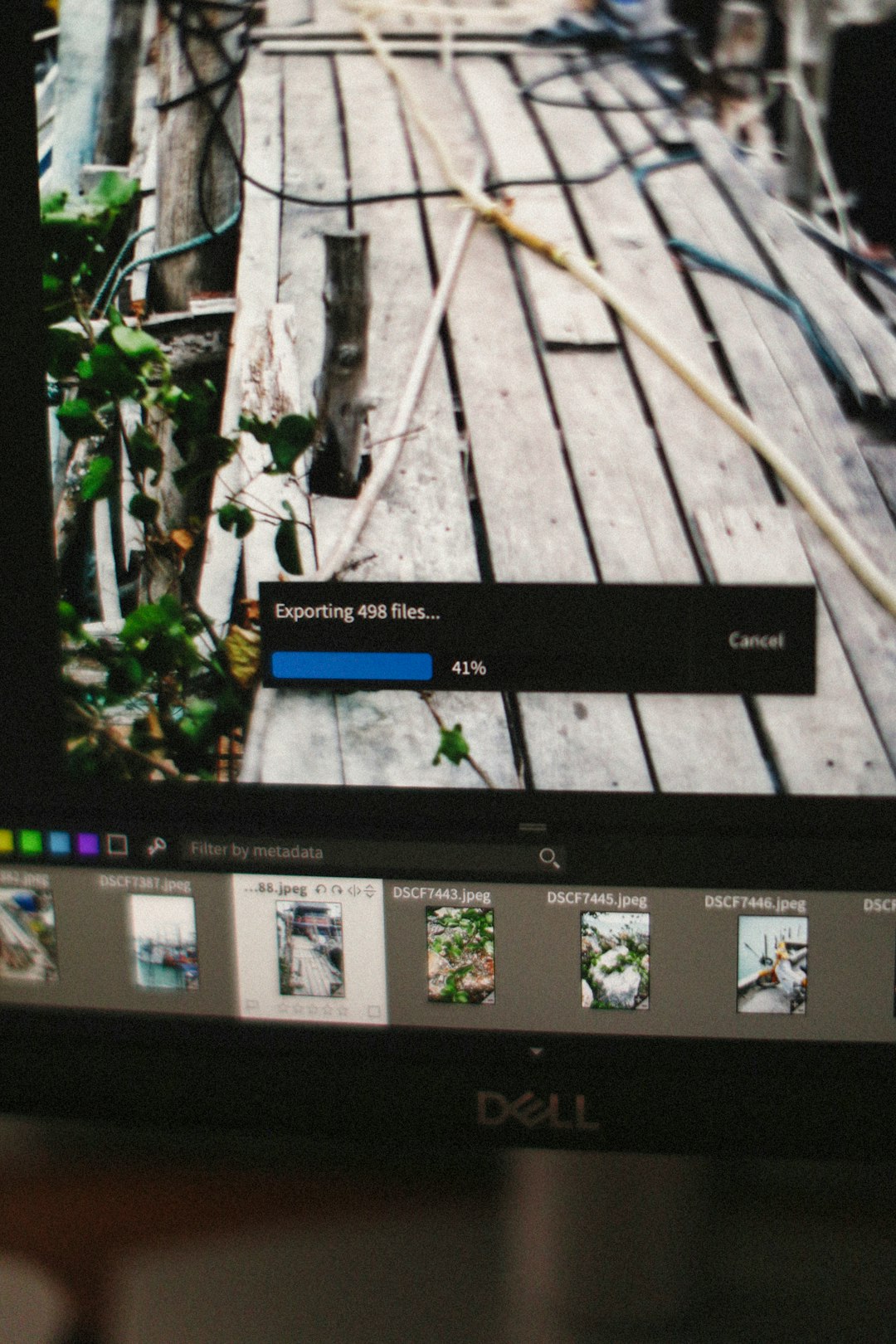Podcasting has exploded in popularity over the past few years, turning passionate hobbyists and industry experts into influential voices with audiences that span the globe. However, one of the most time-consuming aspects of podcasting is post-production. Between editing audio, removing filler words, enhancing sound quality, and preparing an episode for publishing, many podcasters find themselves overwhelmed. This is where AI podcast editing tools come in, offering content creators powerful ways to streamline their workflow, produce studio-quality podcasts, and even grow their listener base more effectively.
Why AI Podcast Editing Is a Game-Changer
AI-powered tools have revolutionized the way podcasters handle post-production. These tools can automatically transcribe audio, remove background noise, normalize volume, cut out silences and filler words, and even suggest content highlights. Instead of spending hours refining a single episode, podcasters can now achieve professional results with a fraction of the effort.
This technological shift isn’t just about saving time—it’s about leveling up podcast quality and making consistent production much more feasible, even for one-person teams or non-technical creators.

Save Significant Time with Automation
Manual editing can take two to four times the actual length of the recording, depending on the complexity. For a 60-minute podcast, that could mean 2 to 4 hours of post-production. Here’s how AI cuts down that time:
- Automatic transcription: Convert spoken audio into searchable and editable text in minutes.
- Noise reduction: Eliminate background hums, fans, or traffic sounds without intricate settings.
- Smart editing: Detect and remove filler words like “um,” “uh,” and prolonged silences.
- Batch processing: Apply consistent processing across episodes like audio leveling and EQ presets.
What used to require a trained audio engineer can now be managed with user-friendly AI platforms designed with podcasters in mind.
Improve Sound and Listener Experience
Audio quality can make or break a podcast. Listeners are less likely to stay engaged if audio levels fluctuate wildly or if background noise distracts from the content. AI tools like Descript, Adobe Podcast, and Auphonic are equipped with features to ensure every episode sounds polished and professional:
- Loudness normalization: Ensures consistent volume levels from start to finish.
- Voice enhancement: Highlights vocal frequencies and improves clarity automatically.
- Echo and reverb removal: Useful for amateur recordings made in suboptimal environments.
These tools use large datasets and machine learning models to identify audio inconsistencies, allowing creators to resolve them with one click.

Grow Your Audience with Better Workflow
With quality audio and more time available, podcasters can focus on what truly grows their audience: engaging content, marketing, and consistency. AI editing tools also offer features that directly support audience growth strategies:
- Content repurposing: AI transcription enables the quick creation of blog posts, social media snippets, and newsletters from podcast episodes.
- Search engine optimization (SEO): Transcripts improve discoverability in search engines, making your content accessible to a wider audience.
- Localization: Some tools offer automatic translation for international outreach.
- Episode summaries and keyword tagging: Useful for metadata and increasing clicks and engagement in podcast directories.
By handling the bulk of editing, AI frees up creators to explore collaborations, listener feedback, and promotional strategies that actually move the needle on listener growth.
Choosing the Right AI Editing Tool
The market is rapidly expanding, and some of the top options include:
- Descript: Known for its text-based editing interface where users cut words as if editing a Google Doc.
- Adobe Podcast (Project Shasta): Offers studio-quality enhancements and a clean, beginner-friendly interface.
- Auphonic: Highly regarded for audio processing and compatibility with other platforms.
- Cleanvoice: Specializes in removing filler words and distracting background sounds.
Factors to consider when choosing a tool include cost, ease of use, the level of manual control required, and integrations with publishing platforms or DAWs (Digital Audio Workstations).
Tips for Maximizing AI Podcast Editing
While AI can handle a lot, your results will be even better if you start with quality recordings. Here are some best practices:
- Use a good microphone: Poor source audio limits what AI can fix post-production.
- Record in a quiet room: Eliminate as much ambient noise as possible from the start.
- Script or bullet your episodes: Less rambling equals less editing, even for AI tools.
- Learn manual tweaks: Understand basic mixing principles to step in when AI needs a human touch.
Ultimately, AI is a powerful assistant, not a total replacement for human judgment. Blend automation with creativity for top-tier results.
Conclusion
AI podcast editing isn’t just a tech trend—it’s a productivity revolution. By leveraging cutting-edge AI tools, podcasters can save hours of post-production work, enhance sound quality to near-professional standards, and focus more energy on building content and community. Whether you’re just starting your podcasting journey or looking to scale your production, now is the perfect time to explore what AI editing can do for you.
FAQ
1. Can AI completely replace a human audio editor?
Not entirely. While AI can handle many routine editing tasks efficiently—like noise reduction, volume leveling, and removing filler words—more nuanced editing, such as adjusting tone, pacing, and creative sound design, still benefits from human input.
2. Is AI podcast editing expensive?
Many AI podcast tools offer free tiers or affordable subscriptions. Costs depend on features, usage frequency, and storage. For most indie podcasters, the time saved justifies the expense.
3. Do I need technical skills to use AI editing tools?
No. Most AI tools are designed for ease of use, often with drag-and-drop functionality and text-based editing. If you can use word processors or simple apps, you’ll likely find AI editing tools intuitive.
4. Can AI improve my podcast’s SEO?
Yes. By generating transcripts and episode summaries, AI tools can help you publish written content that improves search engine visibility and accessibility.
5. Which AI editing tool is best for beginners?
Descript is particularly beginner-friendly due to its visual editing interface, while tools like Adobe Podcast offer easy, high-quality audio enhancement with minimal setup.






